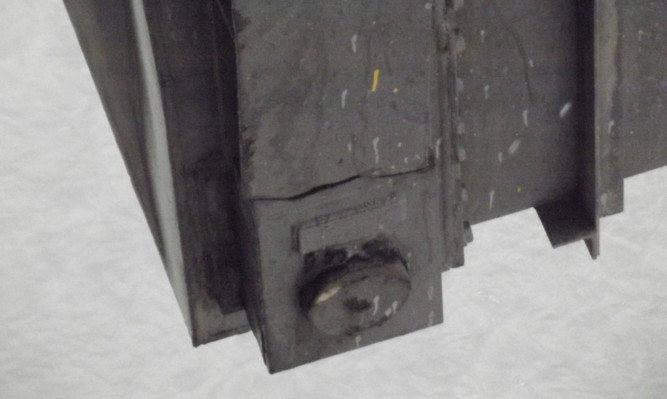The initial decision to completely close the Forth Road Bridge to all traffic was taken “within minutes” of ministers being informed of the fault, Scotland’s Transport Minister has said.
Derek Mackay said the Scottish Government had acted quickly to ensure safety on the crossing was not compromised and to make sure the structural problem did not become any worse.
He said the decision to close the bridge, which is used by an estimated 70,000 vehicles a day, to all traffic was the “right action” as he told BBC Radio Scotland: “I appreciate the patience and forbearance of commuters and the travelling public as well as communities affected by the necessary decision to close the bridge.”
On Friday – the first day after the Forth Road Bridge was closed – the tailbacks at rush hour stretched back for 11 miles.
Commuters again reported long delays on Monday, with Traffic Scotland describing the traffic on the approach to the alternative Kincardine and Clackmannanshire crossings as “very heavy”.
As part of contingency plans, a dedicated route has been put in place for buses and heavy goods vehicles.
But this angered some motorists, with Duncan Harvie tweeting: “Most days, I pass very few HGV and no buses heading north on FRB in morning. Why do they now get a dedicated road?”
Another Twitter user, Ross Martin, said it was “an absolute joke closing the A985 to cars”, adding that the “diversion roads can not cope with that amount of traffic”.
Trains between Fife and Edinburgh were also busy, with some passengers complaining of being “crammed in like sardines” despite extra services being put in place.
The bridge is to remain shut until the new year as repair work is carried out.
Mr Mackay said the Scottish Government had “predicted a degree of congestion and we published a comprehensive travel plan that gives the best advice on public transport options as well”.
He said there was “some queuing” at train stations, which was “being managed as best as ScotRail can manage”.
The Transport Minister told the Good Morning Scotland programme: “Extra rolling stock has got more people across by rail than would normally be the case. That was the right action from having taken the decision to close the bridge on Thursday evening.”
Expert advice suggests the fault in the bridge only occurred in the last few weeks, Mr Mackay said.
He said: “In a routine inspection it was identified on Tuesday, expert engineering analysis studied that, inspected it in full and information went to ministers on Thursday evening.
“Within minutes a decision was taken on that advice and recommendation to close the bridge that evening.
“Two reasons: to not compromise on safety. Secondly to not compound the structural damage to the bridge because continuing to run traffic over it would have caused further damage and indeed prolonged any closure and necessary remedial work.
“So it is the right decision to close the bridge. Since then we have been working around the clock to repair the bridge, to get it reopened as quickly as possible and to mitigate the impact to the travelling public.”
Mr Mackay said the fault “on our best advice is down to the age of the structure and down to the volume and weight of traffic”.
He insisted the Government is “doing everything we possibly can to get the bridge reopened as quickly as possible to try to mitigate the transport and the travel impact”.
Mr Mackay said talks would be held with businesses “to see what else government and our partners can do to support the business community”, but he added: “If we hadn’t taken the decision to close the bridge, matters would have been much worse, the delays would have been prolonged and the bridge would have been closed for longer.
“The priority is to get the bridge reopened safely and get the transport system running as it was before closure, but we’re doing everything we can right now to get transport moving in a very challenging period.”
